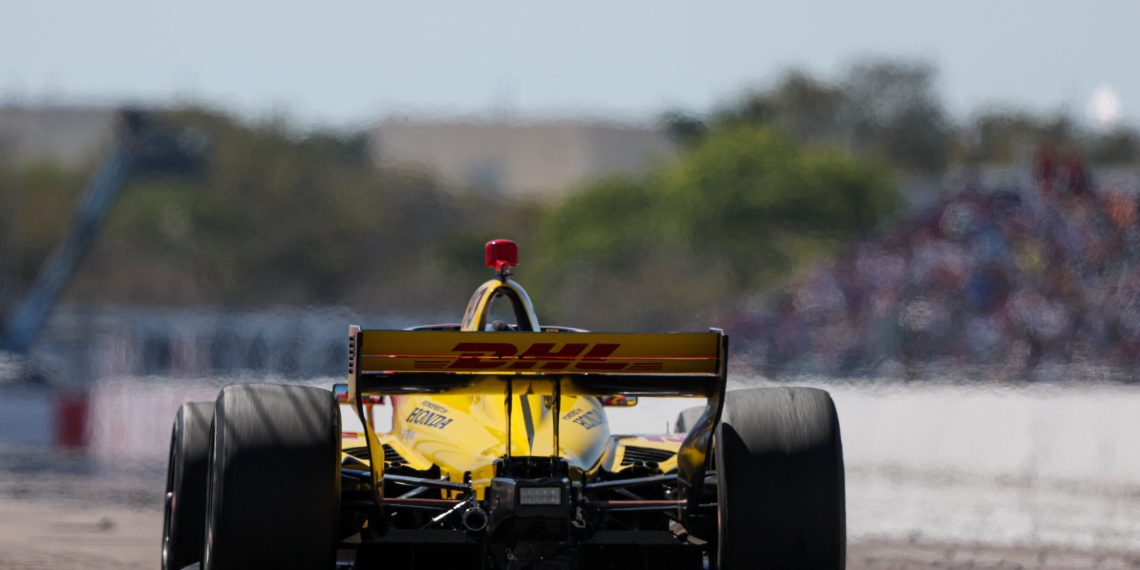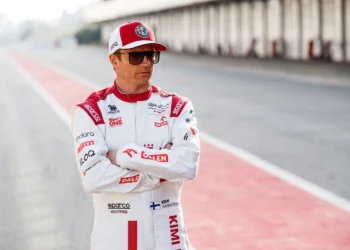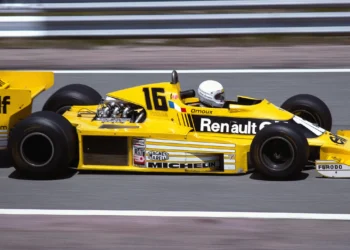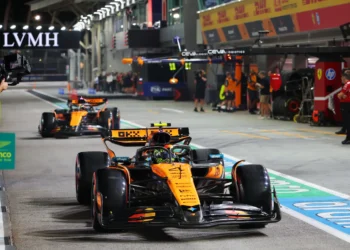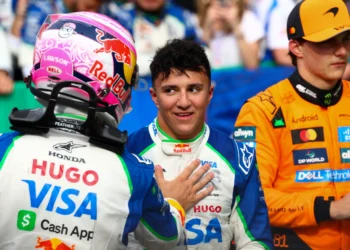Following a disjointed practice session on Friday, IndyCar Series teams found it challenging to conduct prolonged runs on Firestone’s black-banded primary and softer red-banded alternate tires. However, some of the speediest drivers at The Thermal Club managed to provide illuminating observations based on their brief stints.
“There’s no sugarcoating it, the track is pretty much like a cheese grater,” quipped Pato O’Ward of Arrow McLaren. He added, “A closer look at the data is essential. The performance varied across our cars. But the one consistent fact is that tire degradation is going to be a significant issue. The scenario is reminiscent of an older version of Iowa, albeit on a road course.”
Most drivers could only manage short runs, ranging between three to five laps on the primary tires. Perhaps only one or two hard laps on the alternate tires were possible to conclude the day. Given the anticipation for a 65-lap race on Sunday, with primary tires expected to last for approximately 10-15 laps before pit stops, teams have a monumental task ahead. They need to figure out the durability of the primary tires before they lose the majority of their grip.
Colton Herta from Andretti Global echoed O’Ward’s sentiments, “The track, in general, is a challenge to negotiate due to the overall lack of grip. As Pato rightly pointed out, it’s quite brutal on the tires, resulting in significant degradation. This makes it a hurdle to put a lap together.”
Despite the difficulties, Herta maintains a cautious optimism. “In comparison to what we experienced in St. Pete, the overall performance of both the red and black tires seems a tad better. However, the situation remains intriguing. With the reds, one can only manage one, or at the most, two laps in qualifying. This heaps a lot of pressure on us to deliver on the one- or two-lap tire.”
As the IndyCar Series teams gear up for the forthcoming race, understanding the tires’ behavior and strategizing accordingly will undoubtedly be a crucial aspect of their preparation.

